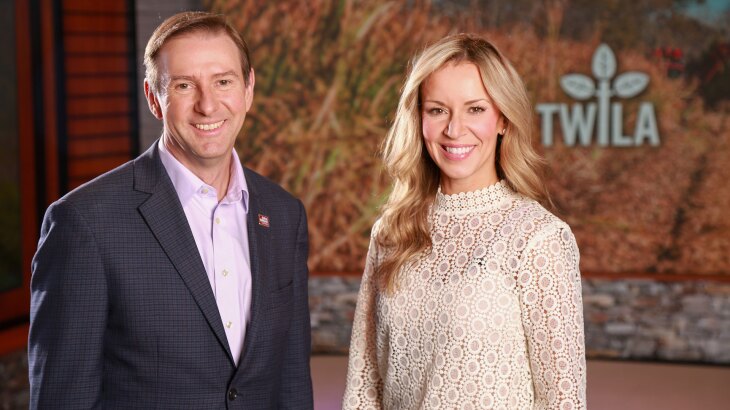The United States Department of Agriculture’s 2024 broiler forecast is out, and producer margins are riding on a reduction in cases of High-Path Avian Influenza (HPAI)
The USDA’s outlook board is projecting next year’s broiler production to be up about 1.5 percent, coming in just shy of 48 billion pounds. Prices are expected to average $1.28/pound, down about 2 percent in 2023.
However, outlook board chair Mark Jekanowski says producer margins could still improve—however, that depends on lower feed prices and an expectation for a decrease in HPAI cases.
HPAI is still a concern for poultry producers all across the U.S., but cases of the virus have slowed in recent weeks.
APHIS hasn’t posted a significant case of more than 100 birds since mid-April. The most recent was a facility in Indiana where 20 birds were culled.
Right now, the USDA is testing a handful of vaccine candidates, but industry experts warn there could be significant pushback because other countries don’t like vaccinated poultry.
Farm Bureau Economist Bernt Nelson says vaccinating the U.S. poultry population could cost the U.S. more than $6 billion dollars in lost trade value. Officials say producers should instead focus on keeping up with their biosecurity measures.
November 26, 2025 11:34 AM
2,400 turkeys were donated to Tracy Lawrence’s Turkey Fry after a refrigerated truck broke down, spoiling 650 turkeys
November 26, 2025 09:32 AM
·
Low farmer shares reflect deep consolidation across the food chain, keeping producer returns thin even as retail food prices remain high.
November 25, 2025 03:02 PM
·
November 25, 2025 02:20 PM
·
Tyson’s Nebraska plant closure and falling Cattle on Feed numbers send cattle markets tumbling. Analysts warn of tighter supplies, weak margins, and rising global competition.
November 25, 2025 12:05 PM
·
Leslee Oden, president of the National Turkey Federation, and Jay Jandrain, CEO of Butterball, joined us in the studio on Monday to discuss the history, significance, and expectations surrounding this year’s presidential turkey pardon.
November 24, 2025 12:04 PM
·
Removing the 40% duty sharply lowers U.S. beef import costs on beef, coffee, fertilizer and fruit, and restores Brazil’s competitiveness during a period of tight domestic supply.
November 21, 2025 10:30 AM
·
Lower turkey and wheat prices helped ease Thanksgiving costs, but underlying farm-sector pressures remain significant.
November 19, 2025 11:06 AM
·
Tariff relief may soften grocery prices, but it also intensifies competition for U.S. fruit, vegetable, and beef producers as cheaper imports regain market share.
November 17, 2025 01:20 PM
·





















